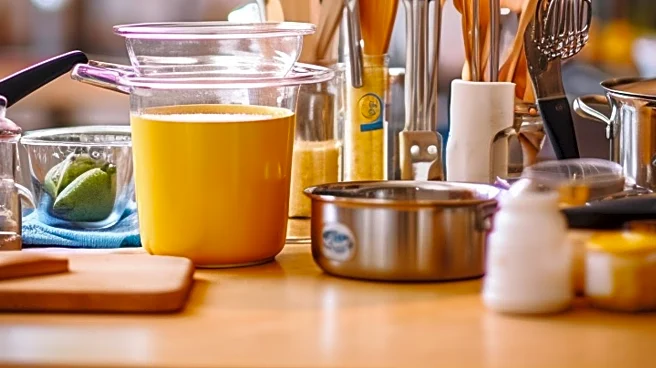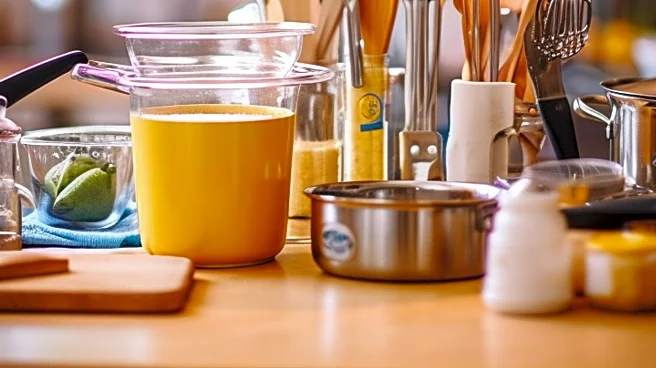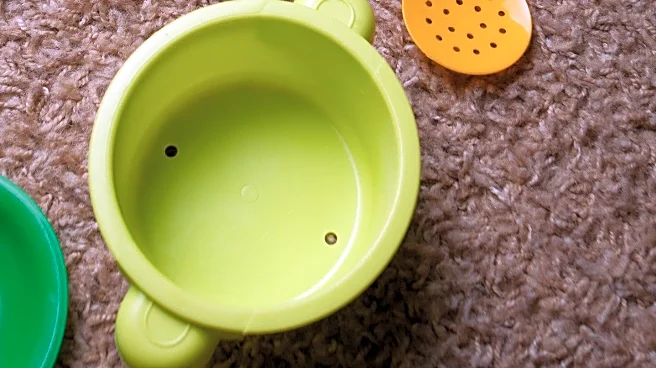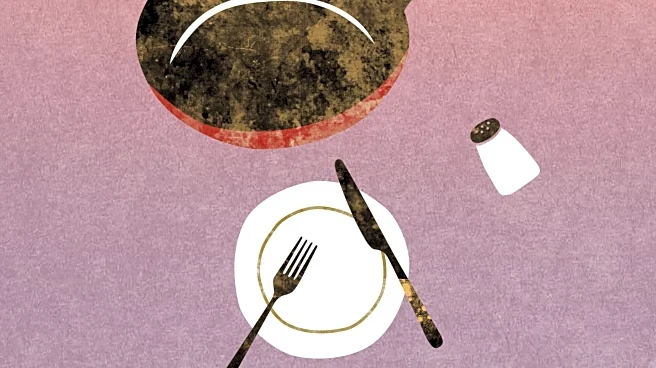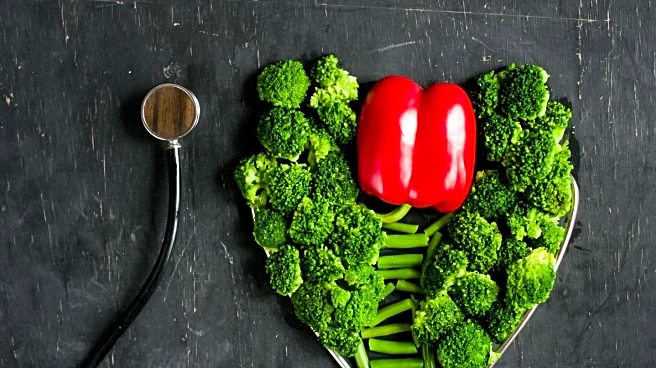What's Happening?
Microplastics are increasingly found in kitchen tools, posing potential health risks as they leak into food. A study has shown that microplastics accumulate in human tissues over time, raising concerns about their long-term health effects. Common kitchen items
such as nonstick cookware, plastic food containers, and utensils are sources of microplastic exposure. These particles have been linked to serious health issues, including heart attacks, strokes, and tissue inflammation. The article suggests safer alternatives, such as stainless steel or wooden utensils, glass containers, and cast iron cookware, to reduce exposure.
Why It's Important?
The presence of microplastics in kitchen tools highlights a significant public health concern, as these particles can lead to serious health issues. The article emphasizes the importance of consumer awareness and the need for safer alternatives to reduce exposure. This development underscores the broader issue of plastic pollution and its impact on human health, prompting discussions on sustainable practices and materials.
What's Next?
Consumers may increasingly seek out safer kitchen tools and materials to minimize microplastic exposure. The situation may lead to further research on the health effects of microplastics and the development of regulations to limit their presence in consumer products. Manufacturers may also innovate to provide safer alternatives.
Beyond the Headlines
The issue of microplastics raises ethical concerns about the responsibility of manufacturers to ensure product safety and the impact of plastic pollution on the environment. It also highlights the need for sustainable practices and materials to protect public health and the planet.
